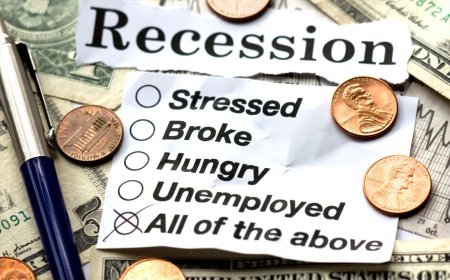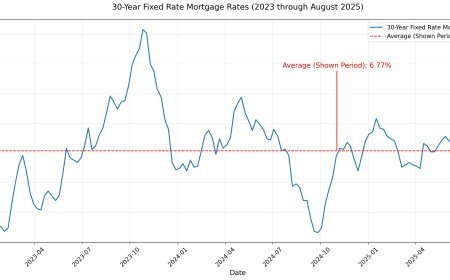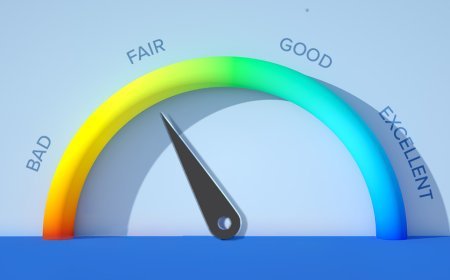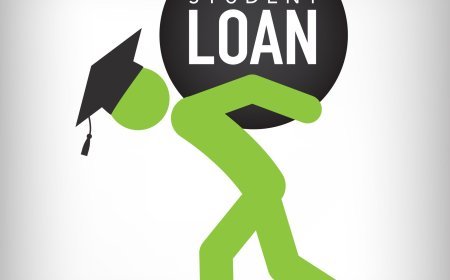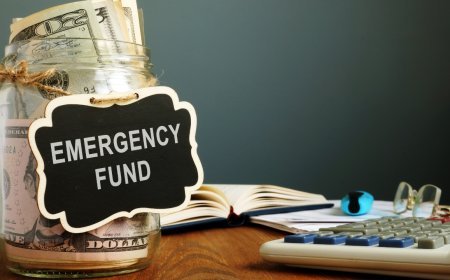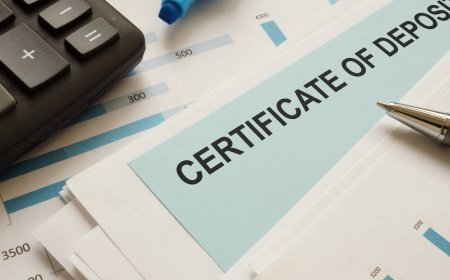What to Do If You Can’t Pay Your Mortgage
Struggling to make your mortgage payments can be a stressful and overwhelming experience, but you’re not alone, and there are actionable steps you can take to address the situation. Whether it’s due to job loss, unexpected medical expenses, or other financial hardships, falling behind on your mortgage doesn’t have to lead to foreclosure. This article outlines practical steps to take if you can’t pay your mortgage, helping you navigate this challenging time with confidence.

1. Contact Your Lender Immediately
The first and most critical step is to reach out to your mortgage lender as soon as you realize you may miss a payment. Don’t wait until you’re behind—proactive communication shows your willingness to resolve the issue.
-
Why it matters: Lenders would rather work with you to find a solution than go through the costly process of foreclosure.
-
How to do it: Call the customer service number on your mortgage statement or check your lender’s website for a dedicated hardship or loss mitigation department. Be prepared to explain your situation, including the reason for your financial difficulty and whether it’s temporary or long-term.
-
What to ask: Inquire about forbearance, loan modification, or other relief options (more on these below).
2. Assess Your Financial Situation
Before discussing options with your lender, take a close look at your finances to understand your income, expenses, and debts. This will help you propose realistic solutions and demonstrate to your lender that you’re serious about finding a way forward.
-
Steps to take:
-
Create a budget: List all sources of income (salary, side gigs, benefits) and expenses (housing, utilities, groceries, etc.). Identify areas where you can cut back, such as dining out or subscriptions.
-
Prioritize expenses: Your mortgage, utilities, and essential living costs should take priority over non-essential debts like credit cards.
-
Gather documentation: Prepare pay stubs, bank statements, tax returns, and a hardship letter explaining why you can’t pay. Lenders often require this information to evaluate your situation.
-
3. Explore Mortgage Relief Options
Most lenders offer programs to help borrowers facing financial hardship. Here are some common options:
-
Forbearance: A temporary pause or reduction in your mortgage payments. During forbearance, interest may still accrue, and you’ll need a plan to repay the missed amounts later.
-
Loan Modification: A permanent change to your mortgage terms, such as lowering the interest rate, extending the loan term, or adding missed payments to the loan balance.
-
Repayment Plan: An agreement to catch up on missed payments by adding a portion to your regular mortgage payment over time.
-
Short Sale: Selling your home for less than the mortgage balance with the lender’s approval, avoiding foreclosure.
-
Deed-in-Lieu of Foreclosure: Voluntarily transferring ownership of your home to the lender to avoid foreclosure.
-
Each option has pros and cons, so discuss them with your lender to determine which best fits your situation.
4. Seek Help from a Housing Counselor
A HUD-approved housing counselor can provide free or low-cost guidance on managing your mortgage issues. They can help you understand your options, negotiate with your lender, and create a plan to avoid foreclosure.
-
How to find one: Visit the U.S. Department of Housing and Urban Development (HUD) website or call 1-800-569-4287 to locate a counselor near you.
-
What they do: Counselors can review your financial situation, explain relief programs, and even act as an intermediary with your lender.
5. Explore Government and Nonprofit Assistance Programs
Depending on your circumstances, you may qualify for government or nonprofit programs designed to help homeowners in distress.
-
FHA, VA, or USDA Loans: If your mortgage is backed by the Federal Housing Administration (FHA), Department of Veterans Affairs (VA), or U.S. Department of Agriculture (USDA), check with your lender about specific relief programs.
-
State Programs: Many states offer mortgage assistance for residents facing hardship, such as unemployment or medical emergencies. Search for “mortgage relief programs” in your state or visit your state’s housing authority website.
-
Nonprofits: Organizations like the Homeownership Preservation Foundation (1-888-995-HOPE) offer free counseling and resources.
6. Avoid Foreclosure Scams
When you’re struggling financially, scammers may target you with fake offers to “save” your home. Be cautious of anyone who:
-
Asks for upfront fees to help with your mortgage.
-
Guarantees they can stop foreclosure or modify your loan.
-
Pressures you to sign documents you don’t understand.
Always verify the legitimacy of any company or individual offering help. Stick with HUD-approved counselors or reputable nonprofit organizations.
7. Consider Selling Your Home
If keeping your home is no longer feasible, selling it may be a better option than facing foreclosure. A traditional sale, short sale, or deed-in-lieu of foreclosure can help you avoid the long-term credit damage of a foreclosure.
-
Traditional Sale: If you have equity in your home (it’s worth more than you owe), selling it could allow you to pay off the mortgage and walk away with cash.
-
Short Sale: If you owe more than the home’s value, your lender may agree to a short sale, though this requires their approval.
-
Deed-in-Lieu: As a last resort, transferring the deed to your lender can resolve the debt without a formal foreclosure.
Consult a real estate agent or attorney to explore these options and understand their impact on your finances and credit.
8. Protect Your Credit
Missing mortgage payments can harm your credit score, but taking action early can minimize the damage.
-
Pay what you can: Even partial payments may show your good faith and reduce the impact on your credit.
-
Monitor your credit report: Check your credit report for errors and dispute any inaccuracies. You can access free reports at AnnualCreditReport.com.
-
Communicate with other creditors: If you’re struggling with other debts, contact those creditors to negotiate payment plans or temporary relief.
9. Plan for the Future
Once you’ve addressed the immediate crisis, take steps to rebuild your financial stability:
-
Build an emergency fund: Aim to save 3-6 months of living expenses to cushion against future hardships.
-
Review your mortgage terms: If you keep your home, ensure the terms are sustainable long-term.
-
Seek financial education: Resources like FinanceMastering.com offer tips on budgeting, saving, and managing debt to prevent future struggles.
If you can’t pay your mortgage, the key is to act quickly, communicate with your lender, and explore all available options. From forbearance to housing counseling to selling your home, there are paths to avoid foreclosure and protect your financial future. By taking proactive steps and seeking professional guidance, you can navigate this challenge and work toward stability.
What's Your Reaction?
 Like
0
Like
0
 Dislike
0
Dislike
0
 Love
0
Love
0
 Funny
0
Funny
0
 Angry
0
Angry
0
 Sad
0
Sad
0
 Wow
0
Wow
0


